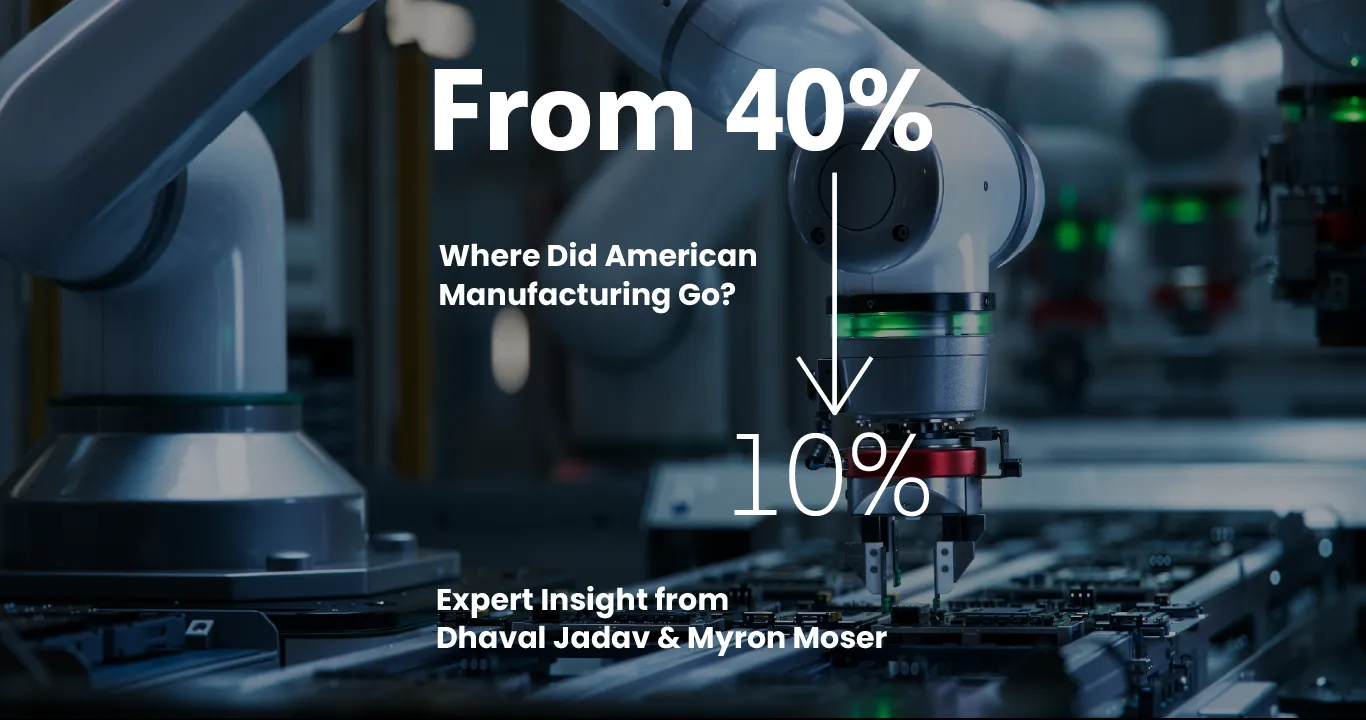PUBLISHED IN
by Mike Johanns, Former U.S. Secretary of Agriculture; alliantgroup Chairman of Agriculture
If you have any questions about this article, please send us a message.
Agriculture has always been a complicated business in a constant state of change. Those who recognize and embrace this reality will succeed while others will be left behind. The greatest opportunities in agriculture today will be in improved technology, including artificial intelligence.
Artificial intelligence is no longer a fancy buzzword. It has become a reality that is changing and will continue to change how we feed the world in a sustainable and environmentally responsible way. The reality is that there is no turning back. Another revolution in agriculture has arrived.
Unlocking agriculture’s full potential
In agriculture we are overwhelmed with data. We have data on machine operations, soil health, weather trends, cropping practices, and the list goes on and on. The real question is how to harness this data to improve outcomes. Farmers and ranchers will need to continually answer this question to improve their operations. Fortunately, the answers are taking shape in a number of important areas.
Machine learning is no longer science fiction. Farm equipment today and tomorrow will have the capacity to learn and that changes everything. A sprayer that differentiates between a soybean plant and a weed means that the sprayer can apply herbicides to the weed and destroy it. That process eliminates the need to broadcast herbicides, saving money for the farmer and protecting the environment. Am I talking about the future? Not at all. This is reality, and it has already arrived.
What about autonomous farm equipment? Is it possible to map a field and run equipment autonomously with no one in the cab or, for that matter, with no cab on the equipment? Yes. Now imagine running that equipment 24/7 to take full advantage of the best time to plant crops – the farmer saves money on labor costs and the planting season is perfectly planned to take full advantage of the ideal days to plant the crop. With equipment running 24/7, the question arises whether we’ll require larger machinery or if smaller, more efficient alternatives will come to the forefront. Autonomous equipment is already here, and we are only beginning to appreciate the profound impact it will have on farming.
Once the crop is in the ground there is a tremendous amount of money spent by the farmer to get it to harvest. Everything depends on good weather and crop health. We certainly can’t control Mother Nature, but what would be the implications of daily monitoring for plant health? If a farmer knew exactly when to apply pesticides or fungicide and knew where those applications needed to be applied in the fields, it would be a game changer. Immediately the cost savings and environmental benefits become obvious. Once again, it’s important to appreciate that I am not predicting the future – I’m acknowledging the reality of today’s technology development in agriculture.
There was a day not long ago when the use of a drone was a fun hobby where everyone would stop and gaze at the unusual object darting around in the sky. Today it’s all different. Drones are used in so many ways in agriculture it would be impossible to list them all. The drone is a powerful tool that gives the farmer real-time information that is invaluable in making good decisions. The day is here when farmers will buy drones just like they purchase a new tractor but at far lower costs.

I have focused on crops thus far, but it’s critical that we recognize that artificial intelligence and technology development is changing all of agribusiness.
The impact on animal agriculture, supply chains, for instance, will be no less profound. However, the critical question that farmers need to answer today is will our nation lead the way in agriculture production through artificial intelligence and technology, or will we yield that power to China or to another country?
Taking advantage of the R&D credit
I know the American farmer well. They were my mentors when I grew up on that dairy farm in north central Iowa. They were my supporters in Nebraska as I served as their Governor, Ag Secretary and Senator. They are ready to feed, clothe and fuel the world, but they need our help. The Research and Development Tax Credit is a powerful tool for them that eases the burden of financing their entry into the world of AI. It’s important to note, the R&D isn’t only for scientists or engineers and in fact, it is one of the strongest catalysts to digital transformations that farmers can take advantage of.
Certain farming specific legislation, like the Farm Bill which dates back to the 1930s, doesn’t target innovation support for the industry, whereas the R&D credit is much more effective in realizing these visions. Improvements to harvesting and cultivation techniques, along with the implementation of new equipment are just a couple of the activities that may qualify for the credit. Farmers must work closely with their advisors and tax professionals to determine if they qualify for the R&D credit and what they can do to begin taking advantage of it. By not utilizing valuable government incentives, farmers are leaving essential funds and innovation on the table.
The legislative and executive branches have always stood by farmers because food is our most important national security issue. To continue this support, they must not only urge agriculture experts to take advantage of the credit, but also continue expanding this resource and other financial incentives that reward innovation in the sector.
About the Author

Mike Johanns was the U.S. Secretary of Agriculture from 2005-2007 as well as the Governor of Nebraska from 1999-2005 and the state’s U.S. Senator from 2009-2015. As alliantgroup’s Chairman of Agriculture, Johanns brings more than 30 years of experience at virtually every level of government and a strong background in both agriculture and economic development. As the Secretary of Agriculture, he managed 18 different agencies, opened or expanded access to 40 international markets and was responsible for multiple agricultural breakthroughs as a negotiator for the Doha Development Round.



